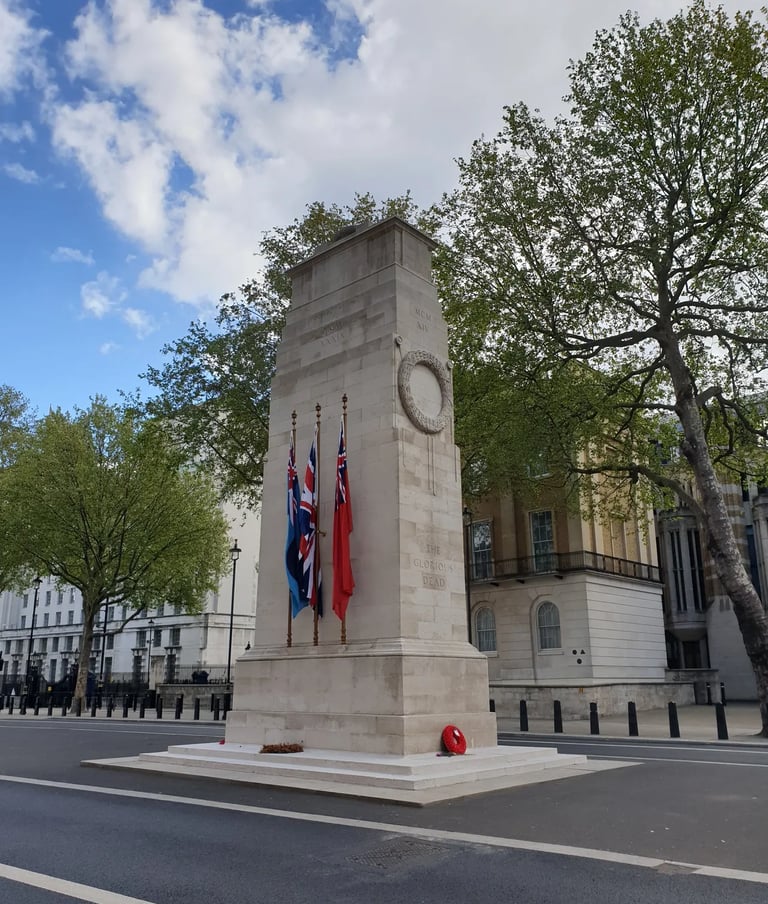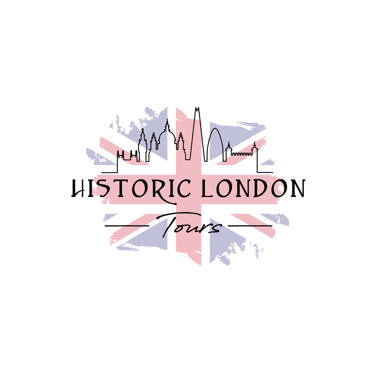Monument Design
Undoubtedly the most profound memorial to the fallen, the Cenotaph was designed by Edwin Lutyens in temporary form in July 1919 to evoke a national tomb as the focus of a commemorative parade of veterans. Its wood and plaster incarnation was so popular that the government resolved to pay for a permanent memorial in which Lutyens deployed the subtle refinements of entasis, as used on the Parthenon, to enhance its inherently symbolic values of eternity.
His original sketches—one ‘sketched at dinner’—show how the design sprang to life, while already hinting at its final form from its creator’s inexhaustible reserves of creativity. Lutyen's sketch of the Cenotaph—imagined during a Remembrance ceremony—on his office’s letter- headed paper.
Image courtesy of Imperial War Museums.
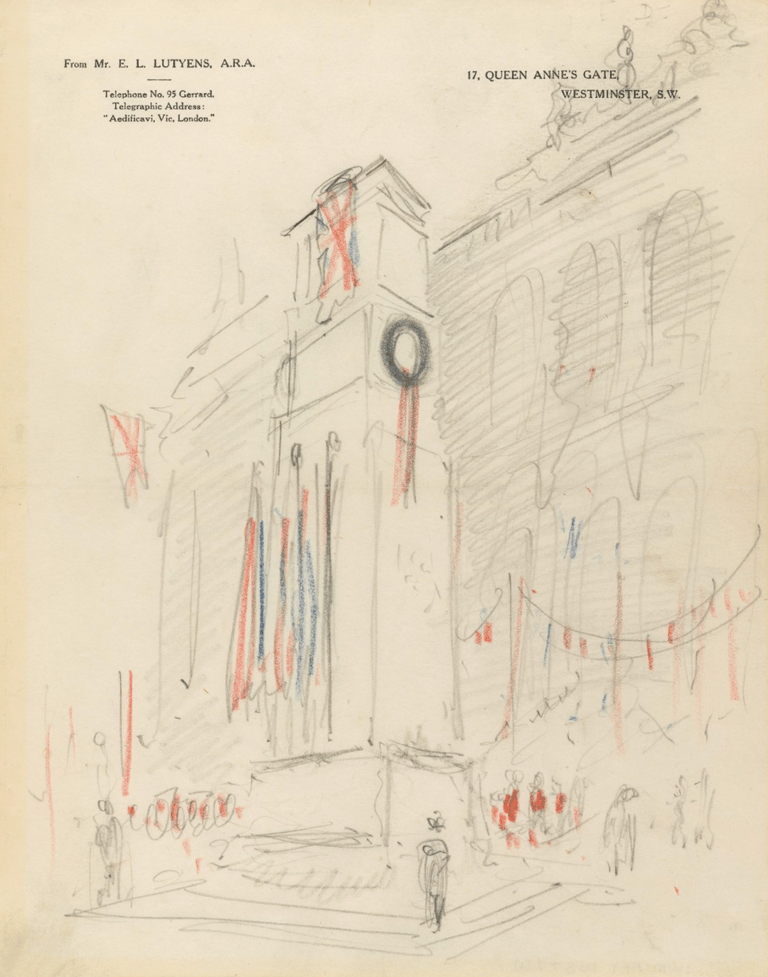

Drawing inspiration from classical and Renaissance tombs, the Cenotaph takes the form of a slender pylon supporting a sarcophagus. Despite its simple appearance, the design is careful and subtle, using convex curvatures, based on the classical Greek technique of entasis, to produce the illusion of straight lines. The only alteration to Lutyens’ design was the Cabinet’s insistence on real flags rather than stone banners. Aside from the years MCMXIV (1914) and MCMXIX (1919), the sole inscription was “The Glorious Dead”. The genius of its design meant that the Cenotaph was at once inclusive and suggestive, an abstract conception which was profoundly expressive of personal and popular emotions.


The Unknown Warrior
The body of the Unknown, brought in procession from Victoria Station, reached the Cenotaph almost on the stroke of eleven, the hour of the “Cease fire." As the hour struck on 11 November 1920, the King George V unveiled the Cenotaph, and there followed the two minutes of silence in which the Empire was united in common commemoration. The procession then proceeded to Westminster Abbey, the King following as chief mourner of the coffin and its gun-carriage.
The ceremonies over, a people's pilgrimage began, which lasted far into the evening, of tens of thousands past the Cenotaph and—until the Abbey closed at eleven—forward to the unknown’s grave.
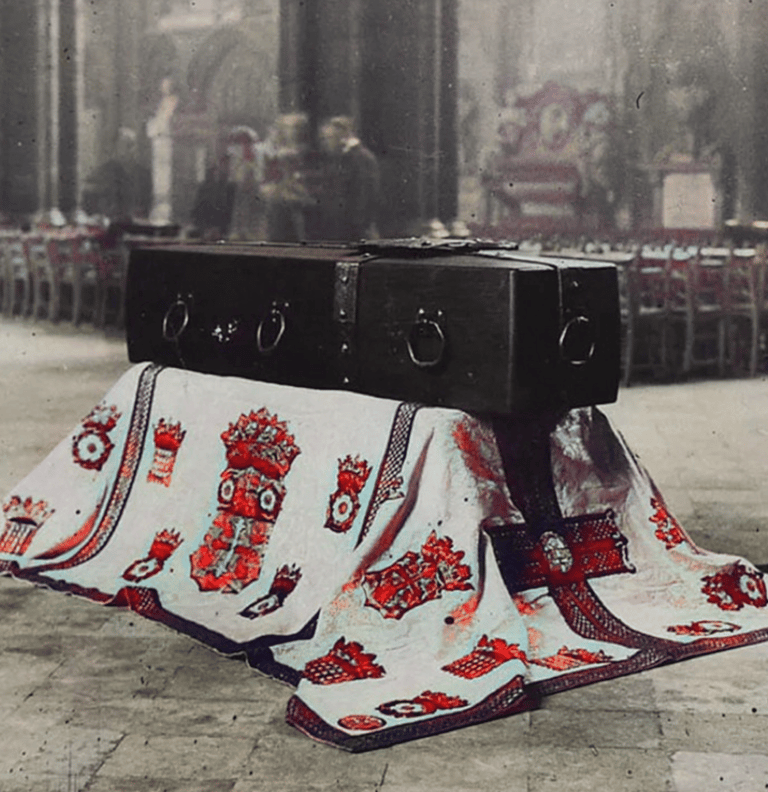

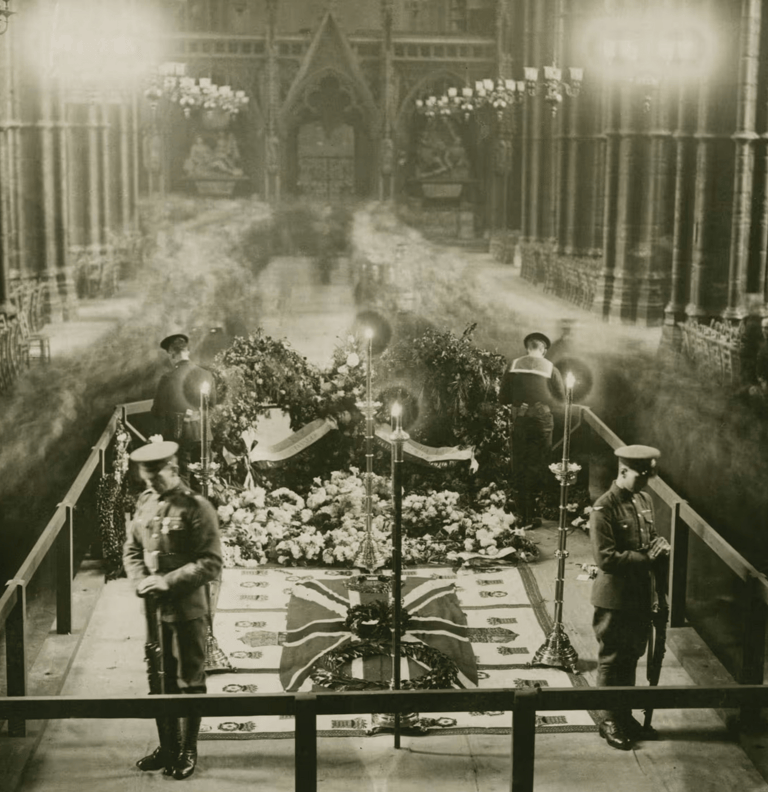

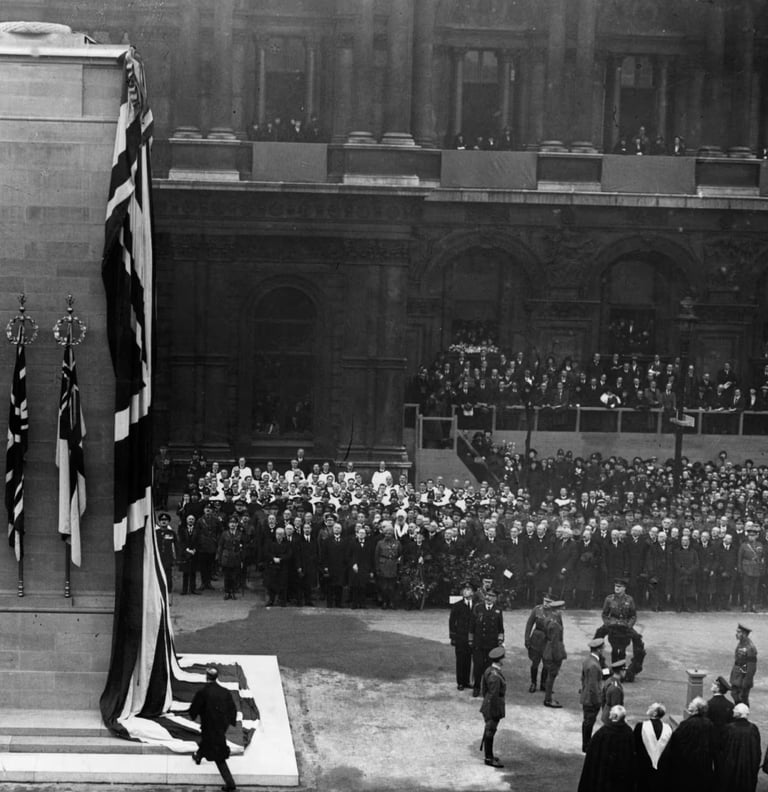

Memorial Reception
The original temporary Cenotaph was erected in 1919 for a parade celebrating the end of the First World War, at which more than 15,000 servicemen, including French and American soldiers, saluted the monument. More than a million people visited the site within a week of the parade.
The permanent Cenotaph was unveiled by George V, King of Great Britain (1865-1936) on 11 November 1920, during the funeral procession for the burial of the Unknown Warrior at Westminster Abbey. Within a week more than 1 million people had visited the memorial, and the flowers and wreaths at its base lay several feet deep. This day also witnessed the burial of the Unknown Warrior.
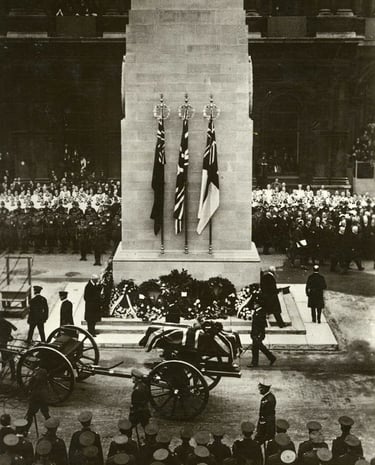

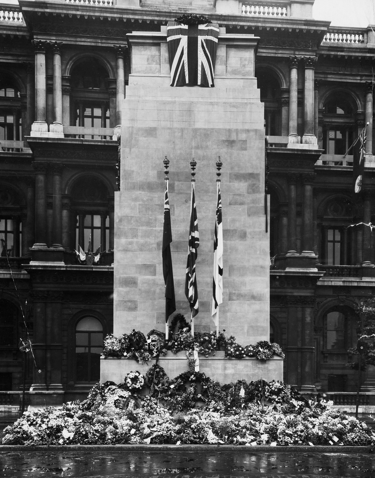

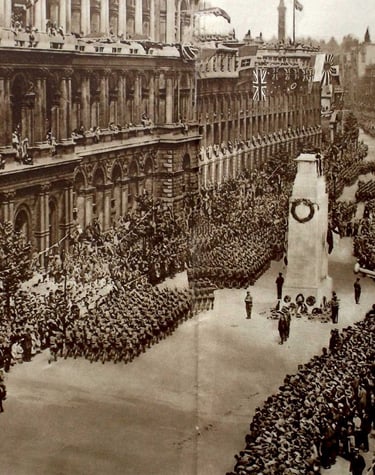

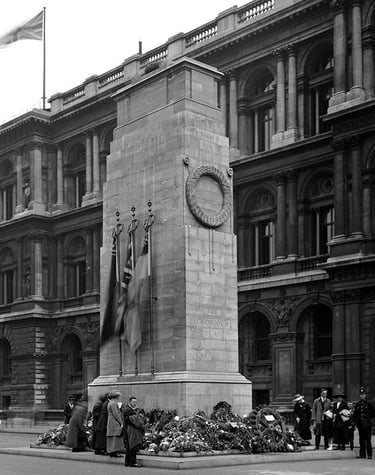

The Cenotaph
Whitehall, London, SW1A
United Kingdom
FOLLOW
EMAIL UPDATES
© 2026 Friends of London Cenotaph. All rights reserved.
CONTACT

